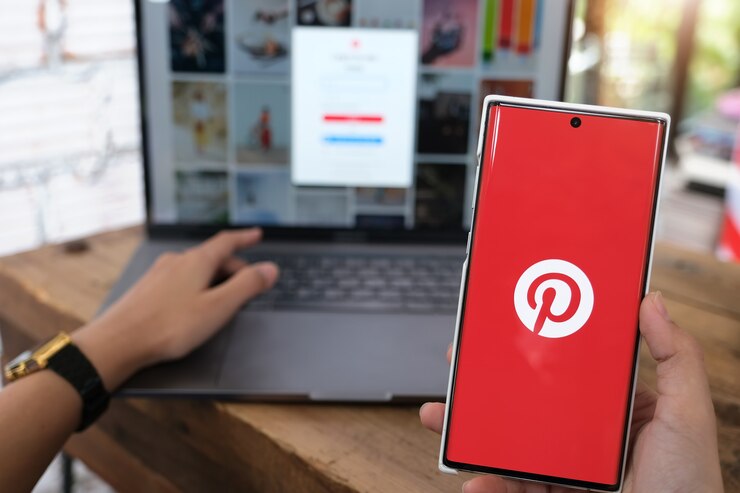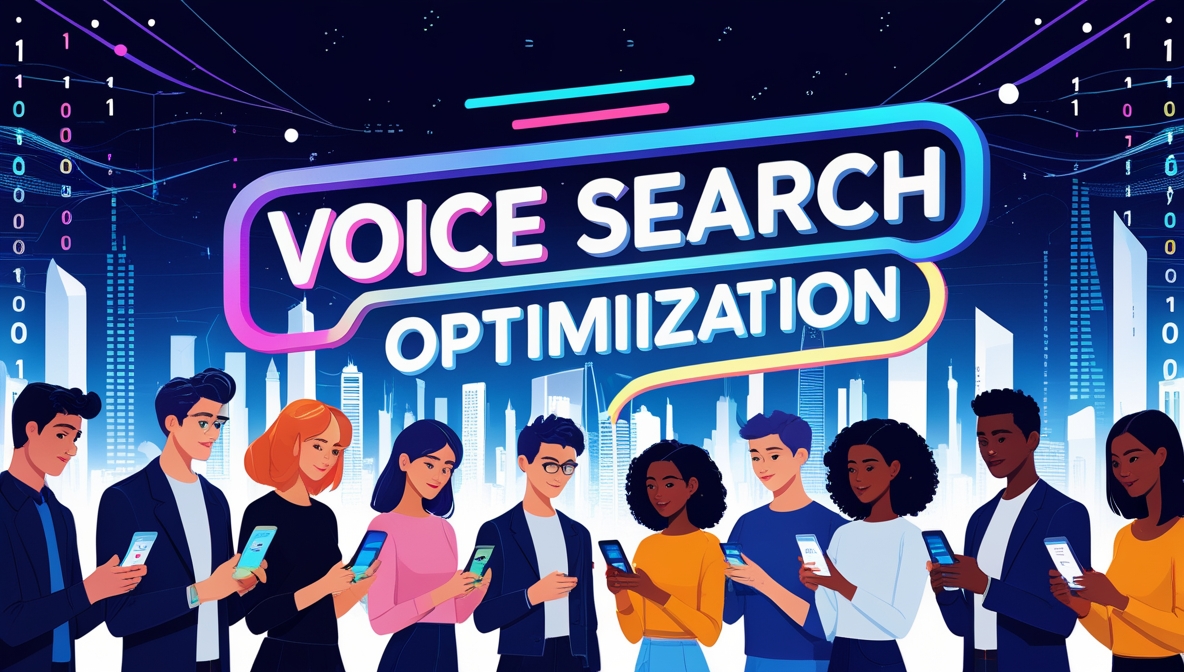Protect Your Boards from Pinterest Spam in 2025
Pinterest remains one of the best platforms for sharing ideas, growing an audience, and building traffic to blogs, stores, and personal brands. But as Pinterest’s popularity has continued to soar, so too has the rise of spam accounts, fake followers, and malicious bots. In 2025, keeping your Pinterest boards safe from unwanted activity is more important than ever.
Whether you’re a seasoned creator or just starting out, learning how to stop Pinterest spam bots and protect your boards is essential to maintaining a healthy, trustworthy presence on the platform. Let’s dive into why Pinterest spam is a problem, how to spot it, and — most importantly — what you can do about it.
Why Pinterest Spam is a Growing Issue
As Pinterest becomes more valuable for businesses and influencers, it naturally attracts bad actors looking to take advantage of the system. Spam bots on Pinterest might:
- Steal your Pins and link them to scam sites.
- Follow you to make their fake profiles seem more legitimate.
- Flood group boards with low-quality or irrelevant Pins.
- Send suspicious messages or comments.
At best, this activity is annoying. At worst, it can harm your reputation, cause you to lose followers, and even result in Pinterest taking action against your account if spam appears to be coming from your boards.
That’s why 2025 needs to be the year you step up your defenses and actively work to stop Pinterest spam bots before they affect your account.
How to Spot Pinterest Spam Bots
Recognizing spam bots early is key to keeping your Pinterest profile clean and credible. Here are some signs to watch for:
- Strange usernames: Often a string of random letters and numbers.
- Low-quality profile pictures: Generic or obviously fake images.
- Empty or suspicious bios: Many bots have incomplete bios or suspicious links.
- Rapid, mass following: Bots will often follow hundreds of accounts in a short time.
- Unrelated or inappropriate comments: Spam bots may leave weird comments on your Pins.
- Over-pinning: If someone joins your group board and immediately Pins dozens of low-quality links, that’s a huge red flag.
If you notice any of these signs, take action quickly to prevent the bot from damaging your credibility.
How to Stop Pinterest Spam Bots
Luckily, Pinterest offers tools and best practices to help users fight spam. Here’s what you can do to protect your boards in 2025:
1. Tighten Group Board Settings
Group boards are a common target for spammers because they allow multiple contributors. If you manage any group boards, tighten your contributor settings:
- Only invite people you trust.
- Require approval before anyone can post.
- Regularly review contributors and remove suspicious accounts.
- Make it clear in your board description that spamming is not allowed.
By maintaining control, you dramatically reduce the risk of bots overwhelming your board.
2. Use the Report and Block Features
When you encounter a spam account, don’t just ignore it — take action:
- Report the account or the specific Pin directly to Pinterest.
- Block the user so they can no longer interact with your content.
Pinterest relies on user reports to find and eliminate spam. By reporting, you help clean up the platform not just for yourself but for everyone else too.
3. Monitor Your Boards Regularly
Staying hands-off with your Pinterest account can leave you vulnerable. Make it a habit to:
- Check your followers list weekly for suspicious accounts.
- Review activity on your Pins for strange comments or re-Pins.
- Audit your group boards monthly to ensure no spam has slipped in.
Staying active is one of the simplest but most effective ways to stop Pinterest spam bots before they do any real damage.
4. Strengthen Your Own Account Security
Sometimes, spam issues stem from compromised accounts. Protect yours by:
- Using a strong, unique password.
- Enabling two-factor authentication (2FA).
- Being cautious about connecting third-party apps to your Pinterest account.
A secure account is your first line of defense against unwanted activity.
5. Stay Updated on Pinterest’s Policies
Pinterest constantly updates its Community Guidelines and spam detection systems. Make sure you stay informed so you know what’s allowed — and what isn’t. This also ensures you don’t accidentally violate policies yourself, which could harm your account’s reach.
Pinterest’s efforts to stop spam are improving, but they work best when users also do their part to keep the platform healthy.
How Pinterest Is Fighting Spam in 2025
Pinterest has made major improvements to fight bots and scams this year. Here’s what’s new:
- Stronger AI detection: Pinterest is using more advanced machine learning to catch fake accounts early.
- More transparency: Users are now notified when action is taken against spam they reported.
- Verified business profiles: This makes it easier to spot real brands versus fakes.
- Spam audits for group boards: Pinterest now flags suspicious activity on boards automatically.
These updates are great news for creators who want to grow authentically. Still, no system is perfect, so it’s smart to stay vigilant.
Final Thoughts
Protecting your Pinterest boards in 2025 is not just a nice-to-have — it’s necessary. Spam bots can undermine your hard work, annoy your followers, and even put your account at risk.
By staying alert, tightening your board settings, using Pinterest’s reporting tools, and actively working to stop Pinterest spam bots, you can enjoy a safer, cleaner, and more professional presence on the platform.
Remember, Pinterest thrives because of creators like you who share real, valuable, and inspiring ideas. Let’s work together to keep it that way — beautiful, authentic, and spam-free.














Post Comment